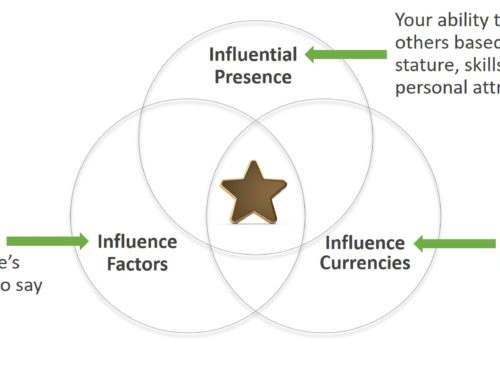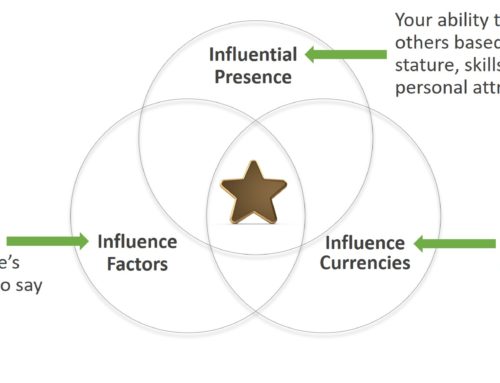Push and pull influence refers to two opposing influence types:
- Push type influence: Urging or forcing a person or group to perform a task, rather than motivating them to comply or help.
- Pull type influence: Attempting to motivate a person or group to want to comply or perform the task at hand.
At first glance, it may seem that push is bad and pull is good. However, they can both be good or bad depending on the tactics and desired outcome. For example, pushing employees to use strong passwords while simultaneously motivating (pulling) them to we watchful for phishing type emails are a great combination that help safeguard the company’s digital assets.
Push Type Influence
Push influence can take many forms. Some forms we all see and follow on a daily basis, some we choose to follow for our own wellbeing, and others we try to avoid because they attempt to force us where we do not want to go.
Some push influences include legal requirements, expert authority, industry standards, societal norms, and regulatory mandates. All these pushes are to keep us safe and healthy, but they are pushes nevertheless.
Examples of these types of push influences include:
- Legal requirement: When driving a car, you must stop at red lights and go on green lights. As an interesting aside, the societal norm in Massachusetts, where I live, is if the traffic light turns yellow, you accelerate through it before it turns red.
- Expert authority: Doctors instruct us what to eat, what medication to take, and other similar activities. We follow their instructions because we believe their recommendations are good for us.
- Industry standards: Companies can make light bulbs with any size base they wish, but if the base does not properly fit into any light fixtures, no one will buy them.
- Societal norms: People do not talk in movie theaters during the movie or they will be told by everyone else to be quiet.
- Regulatory mandates: All employees are told they must wash their hands after using the restroom. This requirement is clearly posted in all restrooms within the United States and in many other countries around the world.
As mentioned, push influences can also be sinister or even illegal. They include threats like losing your job, physical harm, canceled projects, reduced funding, increased costs, or the loss of privileges.
Pull Type Influence
Pull influences take the form of collaboration, vision, personal charisma, and using facts and logic to motivate people to act.
Examples of pull influences include:
- Collaboration: Asking an individual or group to work with you toward a common goal.
- Vision: Painting a picture of a desirable future outcome.
- Personal charisma: Using personal charm to influence desired actions.
- Facts and logic: Describing a situation using facts and logic with the goal of presenting a convincing argument.
- Emotional appeal: Using emotional stories, expressions, and words to invoke an emotional reaction that becomes the basis for action.
- Taking Responsibility: Proactively taking ownership of an issue or task that needs attention with the goal of motivating others to assist you in the task’s completion.
- Benefits over features: Describing why something should be done—the benefits it provides—rather than the process to create it or specific items being created.
- Mutual gain: Framing the activity or task in a way that highlights the benefits for the person you are trying to influence.
Push/Pull Concept Application
The power of this Push/Pull concept is it can be used to help decide which type of influence you would like to use to get the desired result.
Say you are a Project Manager and two of the people on your team, Sandy Beach and Ima Storm, are continually arguing over an old issue that keeps surfacing and causing conflict. You, as the leader, need to get this conflict resolved because their arguing is hurting team morale and increasing project risk.
You initially decide to use a pull-type influence approach, explaining to each employee the importance of learning to get along for the sake of the department, their job performance, and their long-term career growth at the company. You know they are both smart, career-oriented people, and you feel this is the best approach to motivate them to resolve this conflict.
This approach seems to work for a few weeks, but then they are back to their bickering, each blaming the other for reigniting their argument.
This time, you decide to take a more systematic pull-oriented approach. Rather than trying to motivate them to get along using the intangible importance of harmony to their department and themselves, you resort to facts and logic related to productivity and project deadlines.
This second approach, again, seems to work for a short while; then old habits prevail.
Finally, you decide to take a more push-oriented approach. You tell both Storm and Beach if they do not find a way to resolve their differences, they will both lose their jobs.
The move from pull to push, in this case, was a type of escalation process with the goal of finally bringing peace, or at least civility, to the workplace.




